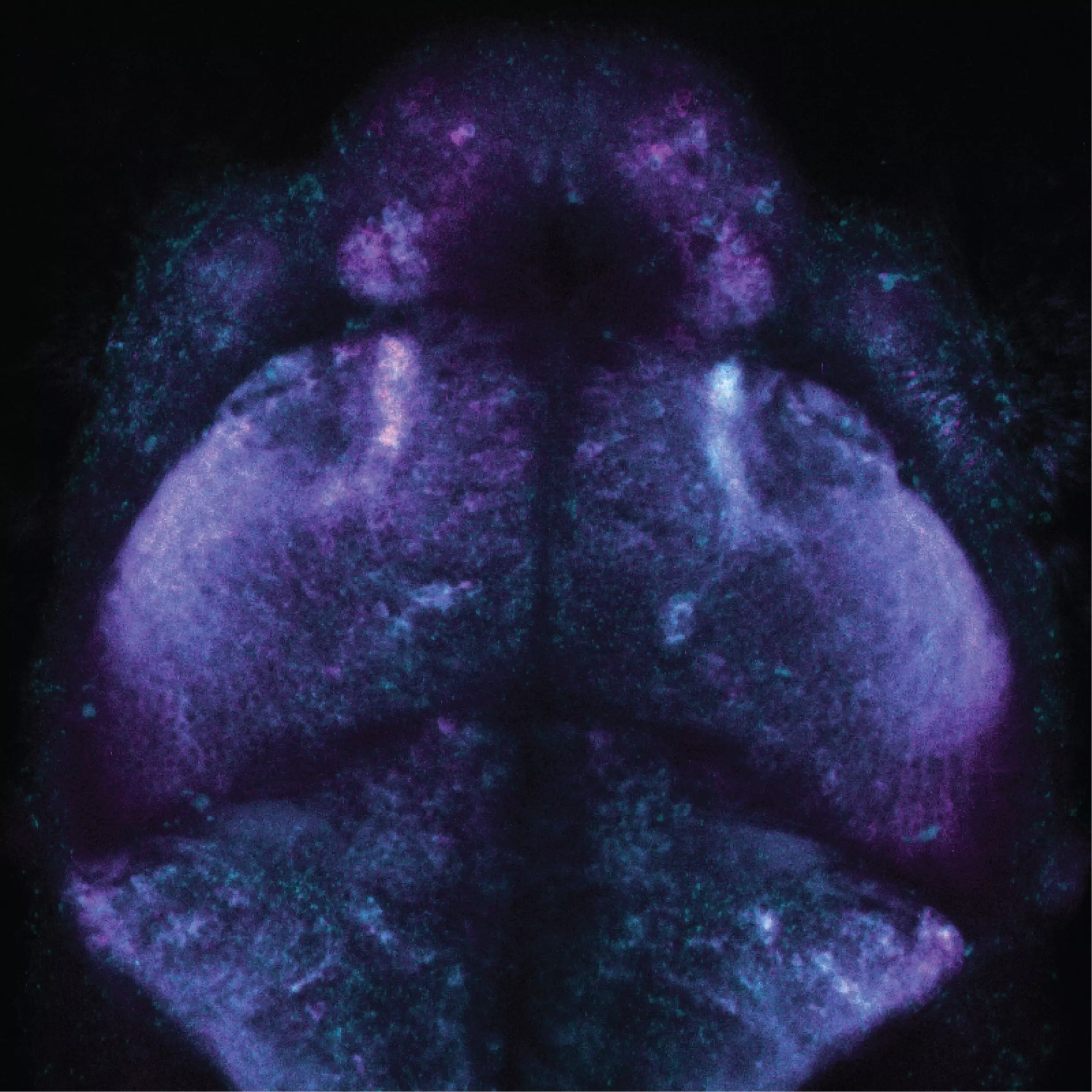Understanding the intricate events that occur within living cells is crucial for unraveling the mysteries of biology. However, capturing these transient activities in real-time has always been a daunting task for scientists. Recently, a breakthrough technology developed by researchers at the Max Planck Institute for Medical Research in Heidelberg has opened unprecedented doors for studying cellular physiology through chemical labeling with fluorescent dyes. This innovative method has the potential to revolutionize the way we investigate biological processes.
The Novel Technology
The technology revolves around a unique recorder protein that undergoes irreversible labeling with a fluorescent dye when a specific cellular event takes place in its proximity. This groundbreaking approach enables the observation of large cell populations simultaneously, both in vitro and in vivo. Dr. Magnus-Carsten Huppertz, a postdoctoral researcher involved in the project, emphasizes the versatility of the technology in conducting parallel analyses of numerous transient cellular events.
Led by Dr. Kai Johnsson and Dr. Julien Hiblot, the research team engineered proteins that can be labeled upon the occurrence of a cellular activity along with the presence of a fluorescent substrate. By controlling the introduction and removal of the substrate, the researchers were able to define the recording period, while the intensity of the labeling reflected the degree of cellular activity. Furthermore, different phases of an activity could be distinguished by using various substrates.
Applications and Findings
The researchers successfully tested the technology by monitoring three critical cellular processes: receptor activation, protein-protein interactions, and changes in calcium ion concentration. Notably, the team employed the method to study the heterogeneity of calcium ion changes in cellular networks derived from glioblastoma, a type of aggressive brain tumor. Collaborating with other research groups, they also recorded patterns of neuronal activity in flies and zebrafish, showcasing the broad applicability of this new recording platform.
Despite its potential, the development of this technology was not without challenges. The researchers faced the task of refining the recorder platform to ensure its robustness and efficiency across different biological models. To further explore the capabilities of this novel method, they conducted a series of experiments under various conditions. Excited about the prospects, Dr. Huppertz and Dr. Wilhelm anticipate that this technology will pave the way for new experiments and accelerate research in fields like neurobiology and oncology.
The cutting-edge technology developed by the Max Planck Institute researchers represents a significant leap forward in the field of cellular event recording. By enabling the simultaneous analysis of diverse cellular activities in real-time, this method promises to deepen our understanding of biological processes and drive innovation in various scientific disciplines.



Leave a Reply